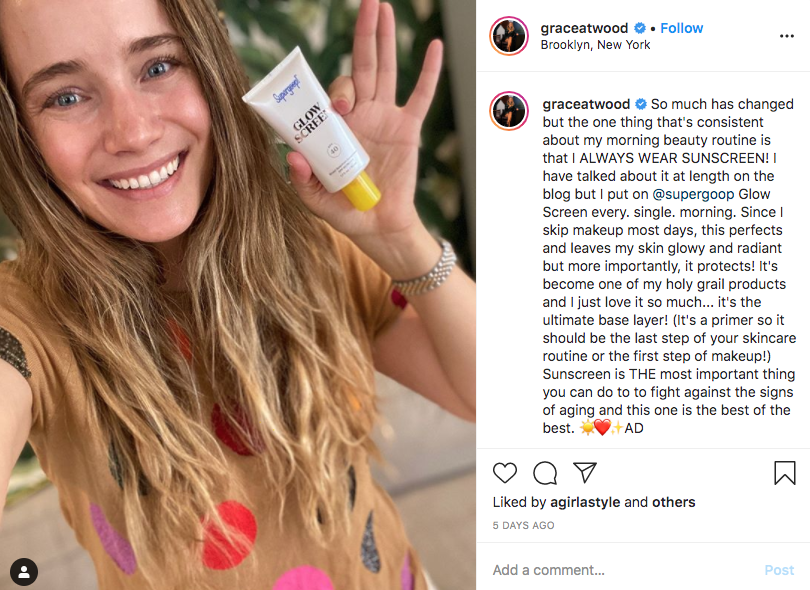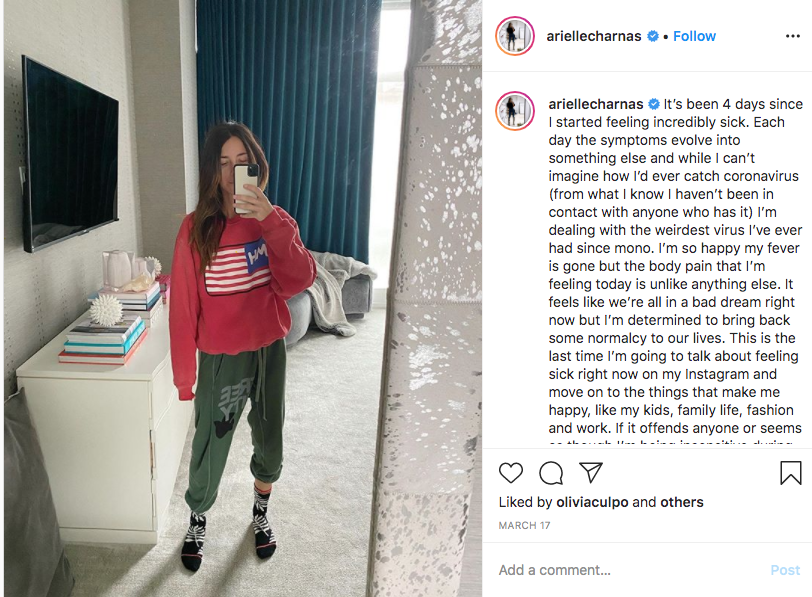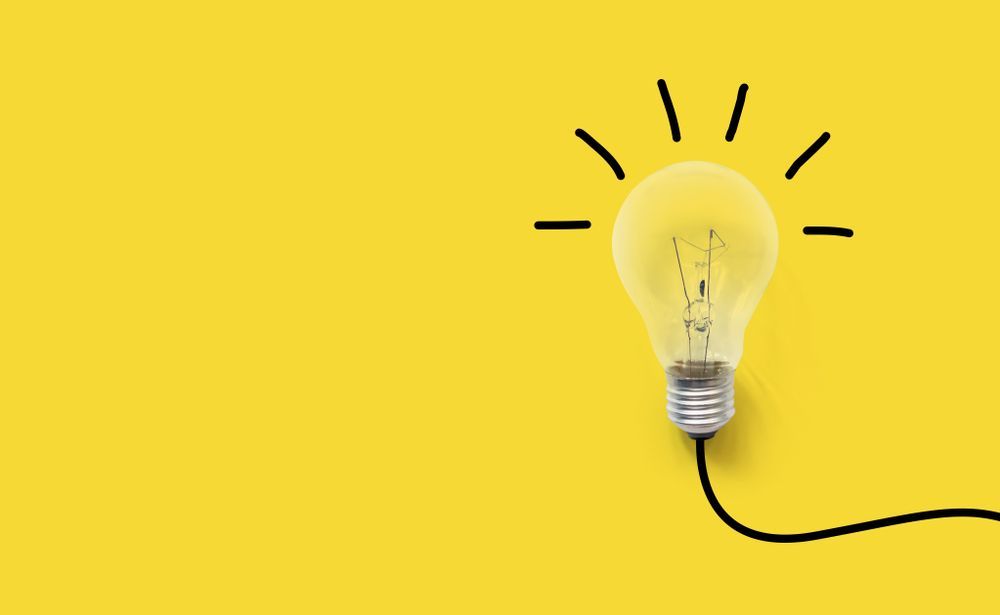
New habits are forming
It takes about 60 days for people to form a new habit, according to researcher Phillippa Lally. Since we’ve been in quarantine for months now, most of us have likely spent that time forming some novel habits—wittingly or not. The behaviors we see today in lockdown will become the new real-world habits of tomorrow. And those new habits have the potential to disrupt how brands speak to and connect with consumers. Before the pandemic, it wasn’t hard to occasionally become tired of influencer marketing. The endless stream of carefully curated images depicting the picture-perfect lives of beauty, fashion, and lifestyle creators was a daily occurrence. Macro and celebrity creators reaped sponsored product deals and brand collaborations along with enviable perks like first-class trips, front row seats at high profile events, and swag en masse. Everything ended up flawlessly staged on Instagram, Facebook and Youtube.Of course, Internet fame can be a double-edged sword, and there is always a massive potential for backlash in response to content that appears to be tone-deaf. Take thenow-infamous “Imagine” video from Gal Gadot, or consider clothing brand Fashion Nova’s text message to encourage people to spend their stimulus checks on the brand’s products. Reactions againstArielle Charnas’ Instagram feed, in particular, were so intense that some wondered if Coronavirus might “kill influencer culture” altogether.
Darwinism is a real thing
Interestingly enough, consumers don’t want brands or creators to stop putting out content or to stop advertising:- 43% of consumers believe brands should still be using social media creators to provide information, positive messages, and promotions right now
- 49% still believe brands should remain an integral part of the social media experience right now
Step up your game
The pandemic fast-forwarded product development of social networks allowing creatives to unleash their imagination. Social media is becoming a new kind of publishing industry in front of our eyes with content creators ready for brands to leverage.However, this has do be done the right way. It means going back to the basics. Only the ones that figure out how they can serve their audience right now will make an impact and create continued interest in their products long term.There is no magic pill but there is a framework that can be used to stay focused when co-creating a campaign with creators. Starting with answering a few simple but meaningful questions is paramount: Why engage with influencer content? What is your objective? Do you want to sell a product or shift perception? Will the content sit on Facebook, Instagram feed, or story or potentially on TikTok and Youtube? Since the days of straight social content distribution are gone, every single platform needs its own specific content depending on where your audience congregates and what they are doing there.Know and understand the platforms. There are no shortcuts for faking this knowledge. Challenge yourself to go back to the basics and lay a solid foundation for a brand:- To be human, having empathy without hard selling
- To be engaging with content that resonates with your audience
- To serve your community as their wellbeing is your lifeline
- To stay agile and be able to weather ever-changing climates
- To play more and try new things helping you to stay front of mind









